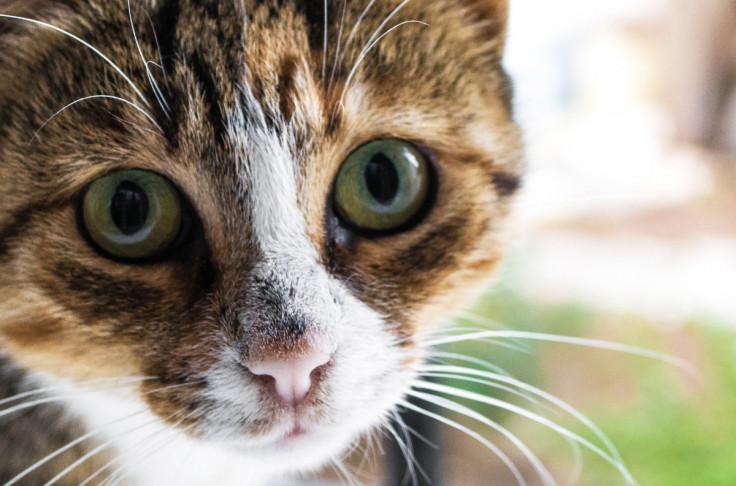Do cats meow in accents? Scientists investigate mysteries of cat communication

How do cats communicate with humans? Scientists from the University of Lund, Sweden, hope to answer this question, as they embark on a five year-long project, Meowsic, to study feline language.
Cats were domesticated over 10,000 years ago, and during that long period, communication with humans has never ceased to evolve. However, scientists still do not really understand what motivates cat vocalisation and how they establish and maintain contact with their human friends.
Until 2021, the Lund team - who has extensive experience working on language and animal communication - will conduct two separate studies in order to shed light on the mysteries of cat communication. To achieve the mission, they will also count on the help of consulting biologists and zoologists from around the world.
Two studies to understand cats' meows
The aim of the first research will be to investigate how cats vary their "meows" - or intonation - in different contexts. For instance, the melody made by cats' meows is very different whether they are asking for food or expressing anger and fear as they wait to see the vet. In the first case, the melody has a rising intonation:
However, in the case cats are angry or scared, the intonation in their melody is falling:
The scientists will also look at how feline vocalisation changes according to whether it is directed to humans or to other cats.
Finally, they will try determine if the animals have "an accent" depending on the region they are in, in other words if their intonation depends on where they live and what language their human companions speak.
In the second study, the team will examine how cats perceive human speech and if they prefer certain types of voice patterns.
Improving animal well-being and therapy
Both works will be contribute to a better understanding of pet-human relationships. At the end of the project, which is financed by the Marcus and Amalia Wallenberg Foundation, scientists will publish a complete typology of cats vocalisation in the hope it will increase cats' well-being as well equipping humans to understand further what their pet felines want.
Additionally, scientists point out that cats are also increasingly used for therapy purposes, often to calm anxiety, improve self-confidence or help with depression. Thus, learning how they communicate with humans appears to be a good opportunity to make such therapies more effective.
© Copyright IBTimes 2025. All rights reserved.






















